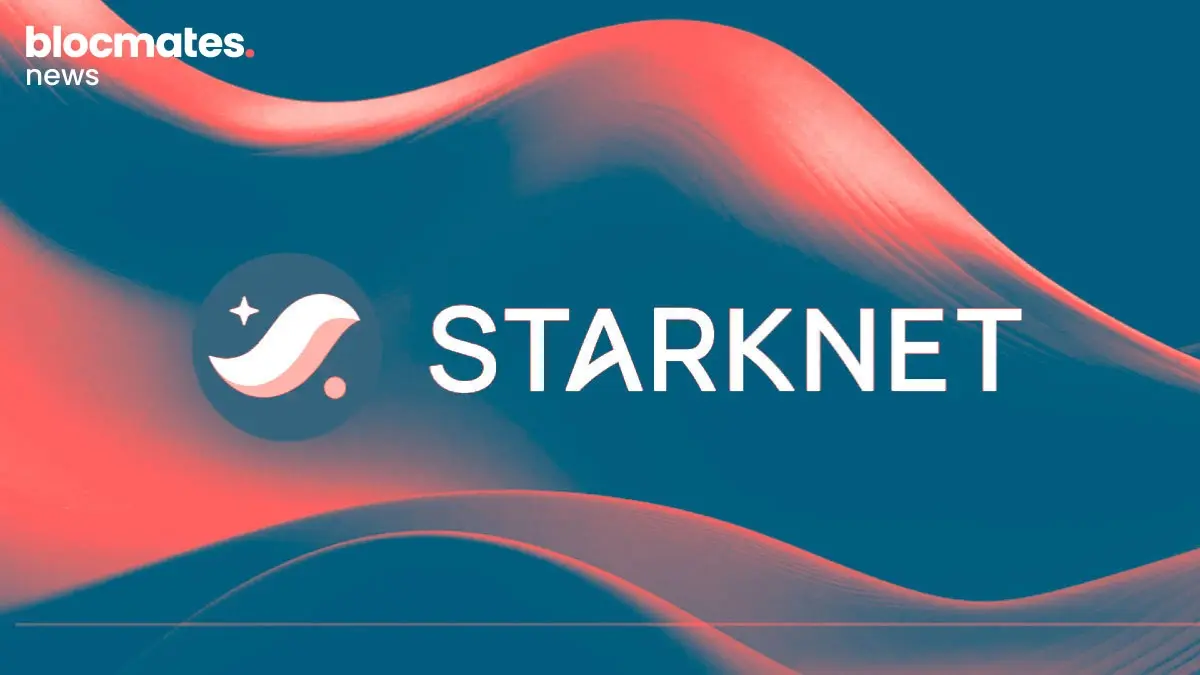[et_pb_section admin_label="section"] [et_pb_row admin_label="row"] [et_pb_column type="4_4"][et_pb_text admin_label="Text"]
Only a few months ago, anons from around the world had their eyes glued to the screen as the Ethereum network underwent its monumental transition, the shift from ETH to ETH 2.0.
Appropriately dubbed “The Merge”, the network transitioned from a proof-of-work (PoW) consensus mechanism to a proof-of-stake (PoS) consensus mechanism
This transition, however, had been in the works since 2015, and every single DeFi proponent was aware of a sector ripe for growth as soon as this transition took place: Liquid Staking Derivatives (LSDs)

Lido had the first movers advantage with their stETH product and really honed in on this advantage as they quickly grew to become the largest DeFi protocol by TVL. Currently at $14.2B at the time of writing.
While Lido’s glitz & glamour is impressive to see, it does reveal an ugly truth. They have a strong monopoly on the ETH staking market.

This monopoly, while natural, is antithetical to the entire premise of this industry. Decentralization.
But other than altruistic concerns, issues such as cartelization, MEV abuse, and heavy censorship are also very real problems that the Ethereum network could soon face due to Lido’s monopoly on ETH staking.
As you can see, the sector is not short of competitors. There are 20+ liquid staking offerings but none have been able to meaningfully chip away at Lido’s dominance. There are a number of possible reasons for this ranging from security to familiarity to user experience. But the bottom line remains, who can challenge Lido’s dominance?
A Worthy Challenger
In a previous article, we introduced you to Swell, a competitor in the LSD sector. If you haven’t checked out that article, I highly recommend you do it before diving deeper into this one.
But in essence, Swell’s plan of attack to chip away at Lido’s market share is simple. Focus on the two things people care about the most, simplicity & profitability.
A sleek UI is nothing new, but by offering direct fiat on-ramping as well as in-house vaults (coming soon), Swell takes simplicity to a whole other level.
Combine this with better yields and you have a winner.
Don’t take my word for it, the data doesn’t lie. Since launching in late April, Swell has consistently been one of the fastest-growing LSD protocols by TVL growing from $58M TVL to $75M TVL in the last two weeks alone.

Which brings me to today's agenda.
Devs are clearly doing something, and the market is responding well to the moves being made. Although the journey is far from over, we believe Swell genuinely has the legs to see themselves at pole position.
The rest of this article will present to you our bull case for Swell, so kick your feet up, relax, and enjoy as we guide you through Swell’s potential voyage (😉) to the top.

What have they achieved so far?
Before we dive into the details of what could make Swell stand out, let's understand what they’ve done since we released our Swell deep-dive a couple of weeks back. This should give you some good insight into the teams' caliber.
Let’s start with growth. Over the past month, Swell has been the third fastest-growing LSD platform now growing faster than frxETH.

This growth will only continue as they currently have their early adopter campaign ongoing, dubbed “The Voyage”.
The name of the game with the voyage is to dive deep into the Swell ocean and collect as many pearls as you can. These pearls will be redeemable for $SWELL tokens at TGE, so if you haven’t started already, get to collecting, it’ll be worth your while.
You collect pearls by holding swETH and providing liquidity on the eligible pools. These pools include Balancer, Aura, Uniswap V3, Bunni, Maverick, and Pendle. All pools are weighted equally so you don’t need to worry about dividing your swETH between pools. Of course, the more volume you do the better, but there are no minimum requirements.
Speaking of other protocols, Swell has also been sowing its seeds in the wider DeFi ecosystem. The swETH-ETH pool is the largest pool on Maverick ($19M TVL) and their Aura pool is one of the largest on Pendle.
Other than this, they have also integrated with Redstone Oracles and have a new Bunni gauge.
Updates to the protocol are necessary as well. Some major UI updates took place such as Dashboards to show you pearl earnings in real-time, as well as a portfolio page to track your swETH holdings, monitor the swETH-ETH exchange rate, and see transactions amongst other things.
You probably get the point by now. Swell are serious players. But can they overtake the kingpins of this sector?
Dethroning Lido & RocketPool
It’s never easy to answer such a question. There are too many variables and what-ifs in this everchanging DeFi world. But nonetheless, let’s take a stab at what going for the crown could look like.
As always with these questions, you start by answering the question with other questions. The first one to ask is, what constitutes success for an LSD protocol?
At its core, success is defined by TVL. A higher TVL means that more people have locked their ETH (or any other asset) with your protocol. This leads to the second question, how do you get that TVL?
This is where individual differentiators matter.
Unfortunately, LSDs as a product do not really have much room for differentiation when compared to AMMs or lending protocols. A user simply locks their assets with the protocol to earn yield and receive a liquid derivative token which can be used across other DeFi protocols.
However, when you’re at the top of the game, the finest of margins matter. For LSDs, the fine margins are ease-of-use, profitability, and security. This is the small opening providing Swell the window of opportunity to squeeze their way to the top.
Security
Let's get security out of the way first.
All 3 protocols have similar risks involved. The one risk that not much can be done about is smart contract risk since it is everpresent. There are steps, however, that can be taken to minimize this risk such as audits and bug bounties. Swell is audited by one of the best in the game, Sigma Prime, the auditor used by the Ethereum Foundation.
Another risk faced by all protocols is penalties and slashing. If a node operator misses attestations or engages in any other malpractice, their ETH will be slashed, which means the ETH staked with Swell or any other LSD protocol will be lost.
The only preventative measure for this depends on the protocol’s selection of node operators that the underlying ETH will be delegated to.
Swell has of course selected reputable veteran node operators so the chance of slashing is greatly minimized, but outside of this they also have insurance cover in place in case of an unforeseen scenario.
But these security measures are common practice across all 3 protocols.
It’s the other 2 aspects where Swell can truly shine and potentially challenge for the throne.
Simplicity
When it comes to ease-of-use there really isn’t much to compare. All 3 have a pretty sleek UI and offer a pretty good user experience. But simplicity goes beyond simply an easy-to-use interface.
A major differentiator for Swell is their direct on-ramping. With Rocketpool & Lido, users are required to already have their funds in their hot wallet on-chain and then transact from there.
When you consider the whole new wave of participants that are to come in the future and use these LSD protocols, a lot of them may not want to go through the trouble of getting their funds on-chain. At least to begin with.
You have to complete KYC on a CEX, add funds there, then buy ETH, then create a hot wallet, and then transfer your ETH to the wallet, after which you can transact on-chain.
This process is fairly straightforward for us, but for normal people who live in the real world, it’s much more of a struggle.
Swell allows you to on-ramp using a credit/debit card, bank wire, CashApp, GooglePay, or ApplePay directly from the Swell Dapp. Their integration with Transak makes all this possible. A seamless user experience.

Just like that, they have tapped into a whole new market of curious users. It offers the same simplicity as a centralized service but with 100% transparency, so it’s a no-brainer to go with Swell.
While the direct on-ramping is good and necessary, it is Swell’s token model that takes the cake. They have a much simpler reward-bearing token model (discussed in detail below) which is far simpler for users to interact with when compared to Lidos wrapping.
Combined with this simple model is the deep liquidity that swETH has on protocols like Balancer and Maverick. This provides great LP opportunities and also an avenue to sell with very low slippage.
All of these improvements in simplicity are being well-received, as depicted by the increase in unique stakers.

But that's not all, Swell takes simplicity one step further with their soon-to-come in-house vaults.
They make liquidity mining partner integrations with protocols such as Aura, Bunni, and Maverick which allows users to participate in vaults and earn yield directly from the Swell app. Other iterations of these vaults will also be coming allowing users to better utilize their swETH and consistently earn higher rewards than anywhere else.
This is the perfect segway into our final point of differentiation, Profitability.
Profitability
Doesn’t matter if it’s good tech or bad tech, “Can I make money off this” is all that the users care about. So how sweet is that Swell yield?
In terms of actual staking APR, the 3 are not all that different. They all offer APRs between 3-5%. However, with Swell’s ongoing incentive program, users can get a boosted swETH + $SWELL APR which is currently at 34.5%. So hurry before it’s too late.
But incentives are not a mark of true profitability. They’re short-term and eventually dry out. Swell’s plan for maintaining longer-term sustainable profitability is two-fold.
Beginning with the fees. Lido has a 10% fee and RocketPool has a 15% fee on the staking rewards generated. In the initial incentive phase of Swell, all fees were waived, but now, the fees will be 10% which will allow them to offer competitive rates.
The other aspect is how the swETH token itself works. swETH is a reward-bearing token while tokens like stETH and rETH are rebasing tokens. Let me explain.
Say you stake 1 ETH with Lido and receive 1 stETH, let’s assume an APR of 5%. At the end of the year, you will have 1.05 stETH which can be redeemed for 1.05 ETH.
Conversely, swETH is reward-bearing. Assuming the same 5% APR, at the end of the year, a user who staked ETH with Swell will still have only 1 swETH which would have appreciated in value relative to ETH and can then be sold for 1.05 ETH.
In real terms, there is no difference. You still get 1.05 ETH. The difference is with tax implications. In many countries, taxes are levied on people that receive tokens (i.e. income tax). Receiving additional stETH tokens could be considered a taxable event which is why swETH may be preferred by many as a way to reduce tax implications.
After all, money saved is money earned.
LSDfi
Let’s switch gears a bit and dive a little deeper into a sector that was born out of the success of these LSD platforms. That’s LSDfi
The best way to comprehend LSDfi is by thinking of it as a multi-tiered ecosystem. At the base of this ecosystem are the leading LSD providers such as Lido, RocketPool, Swell, and Frax.
But it’s DeFi, simply earning 5% by staking your ETH is not enough. Hence, a whole new suite of products leverage these base-layer LSD tokens and creates products to offer higher yields.
Projects like Lybra, Raft, and Agility are lending markets that use LSDs, a protocol like Pendle allows users to trade LSD yields, and projects like unshETH, Asymmetry, and Index allow users to diversify and optimize their yield across various LSDs. it’s basically DeFi built on LSDs.
Currently, the LSDfi sector cumulatively sits at a TVL of $770M and it’s only growing. When compared with the $15B or so TVL in Lido alone, it’s evident that the room for growth in this sector is immense.
LSDs have essentially removed the opportunity cost between ETH staking and DeFi since you can now participate in DeFi (or LSDfi) with a yield-bearing token. You no longer have to choose one or the other.
swETH will not only help LSDfi grow but will also benefit from it. By offering better rates as well as their in-house vaults it allows for more diverse strategy offerings from the LSDfi protocols. This not only plays into quashing the Lido monopoly but also allows users to diversify and optimize returns in different ways.
People like new shiny things and they also like to have the choice to diversify. swETH provides LSDfi with both of those things.
Adoption amongst LSDfi protocols will translate to superior liquidity for swETH which means more participants which then further translates to more volume and liquidity with this cycle continuing in perpetuity.
Swell has already integrated with protocols like Gravita and teased other partnerships with the likes of Lyra which increases its chances of being the preferred collateral for LSDfi.
Being adopted by LSDfi is a win-win scenario for everyone involved. The users get more diversity in product offerings. Lido’s monopoly on the LSD market will continue to get challenged, swETH receives more holders, TVL, and better liquidity. A match made in heaven.
Okay, let’s pause here & take a breath.
Done? Okay cool.
So let's quickly recap. Swell has been growing rapidly and achieved a lot in a short span of time, it has a very real chance at challenging the top dogs in this sector, and can potentially help grow an entirely new sector.
But of course that’s not enough alpha for you degens right? Don’t worry, we’ll give you the cherry on top.
What’s Coming Up?
The best way to answer this question is, Devs are doing something.
We won’t give you too many details right now since a lot of the details have not been fully fleshed out, once they have been we will get you all the information. But things to keep your eyes peeled for are:
- Permissionless node operators
- More yield opportunities
- CDP integrations
- Other protocol integrations
We’ll keep you posted as we get more details, but just know that Swell has a lot more to come.
Concluding Thoughts
While we are evidently very bullish on Swell, we don’t let our bullishness blind us. Lido really honed in on their first-mover advantage and has been growing at a rapid pace since.
$15B TVL is no joke.
Calling dethroning Lido a tall order is an understatement. They have a reputable brand name and people prefer the familiar and proven experience. This is likely to be the case with newcomers as well. Trying to break through and change user mindset will be difficult.
However, if there ever was a team to do it, it’ll be the Swell team. They have been one of the most innovative in this space and have made the correct moves to not only attract existing DeFi users with their incentives and superior profitability but also to attract non-crypto natives with their simplicity.
Somebody has to challenge Lido’s quasi-monopoly and ensure that we have a healthier and decentralized LSD market, Swell is playing its part. The battle will be long and hard but will be worth keeping your eyes on. Besides, who doesn’t like a good underdog story?
[/et_pb_text][/et_pb_column] [/et_pb_row] [/et_pb_section]





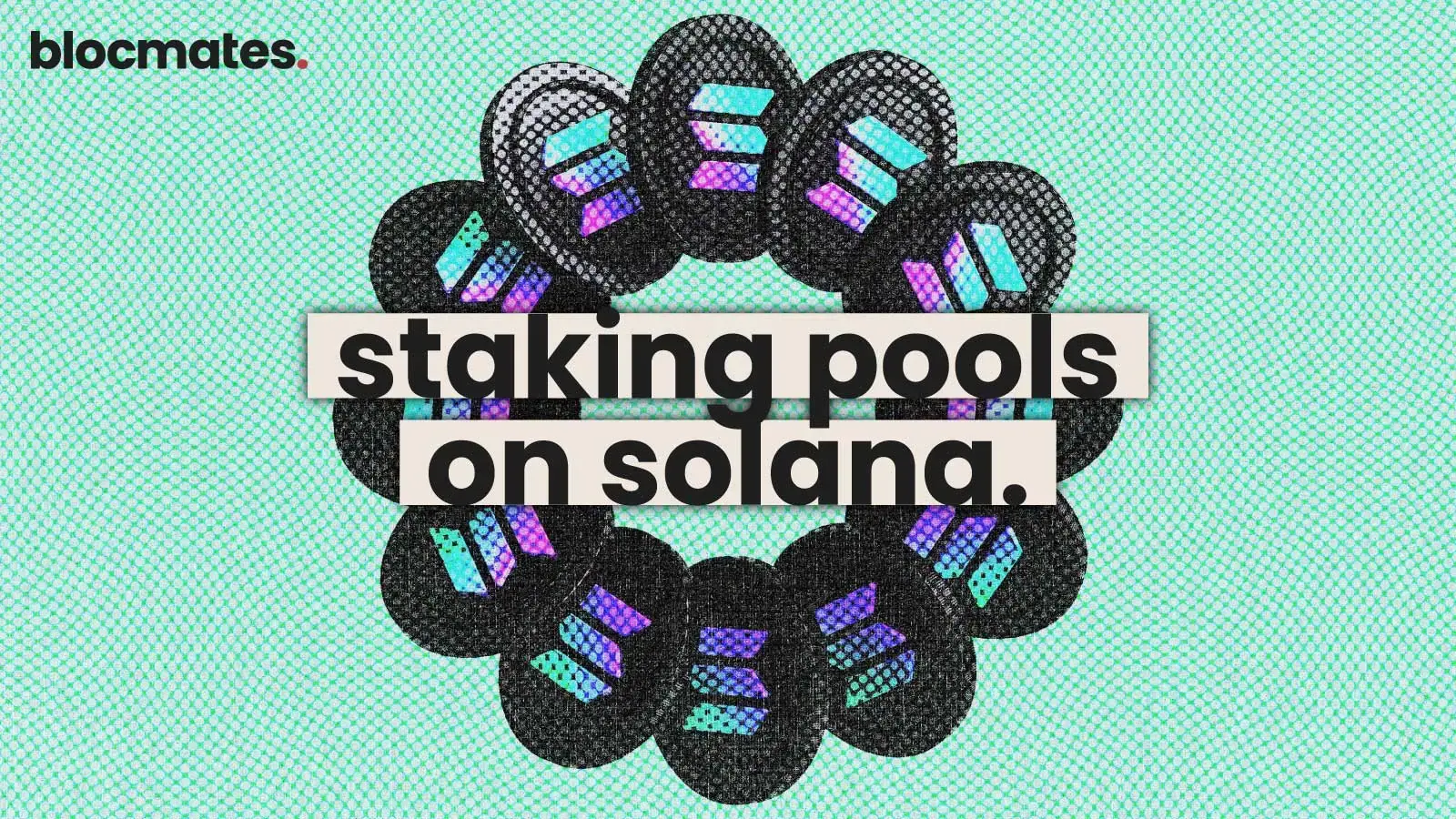





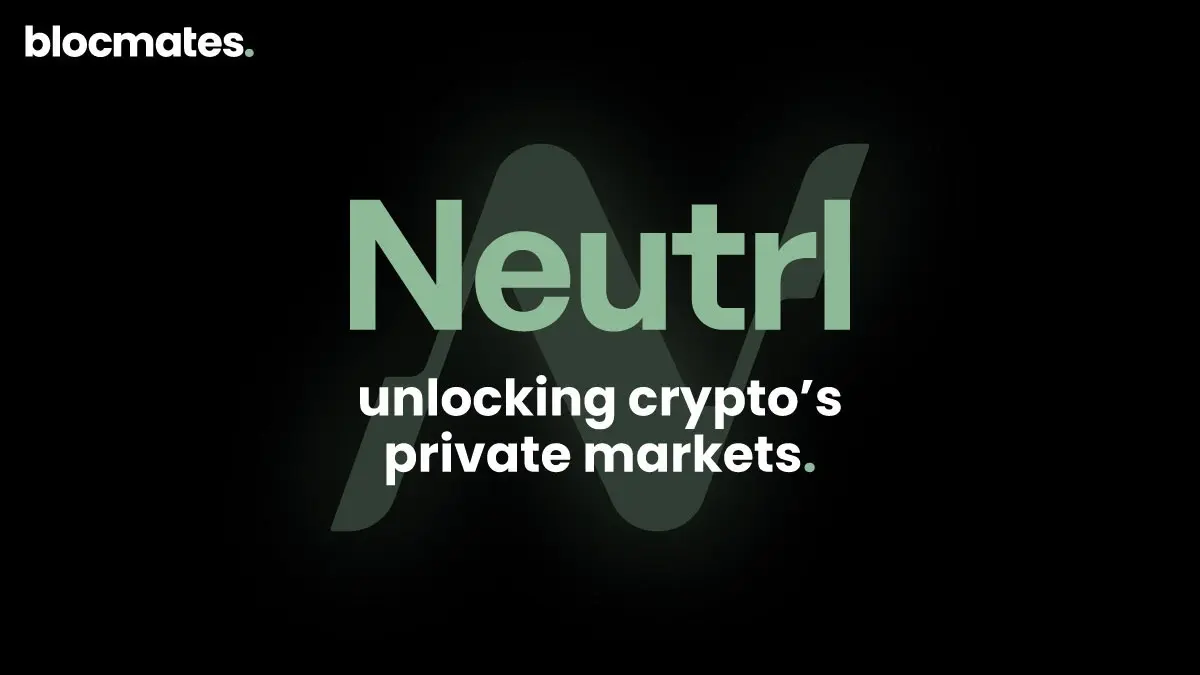


.webp)

.webp)
.webp)

%20(1).webp)
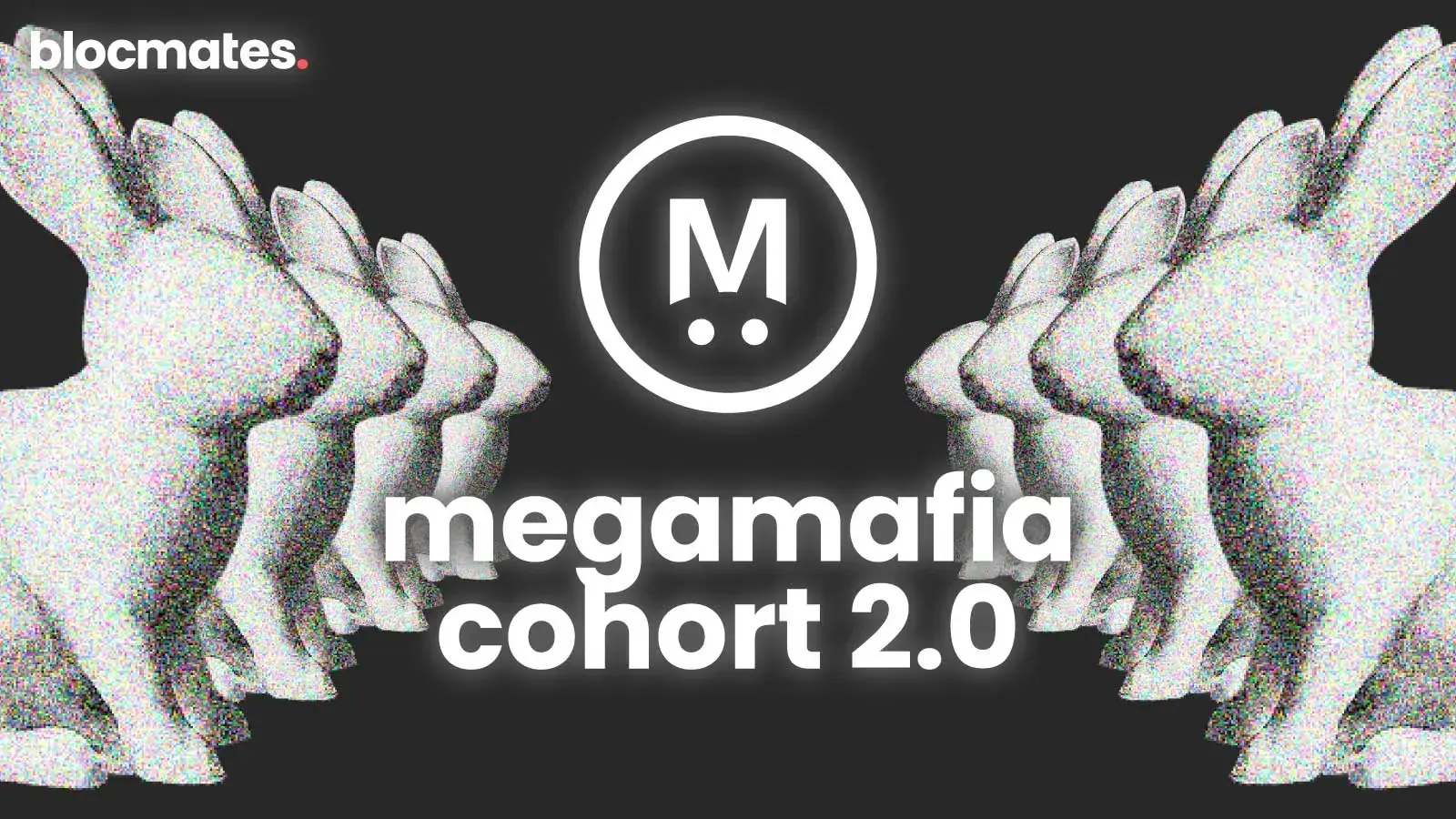
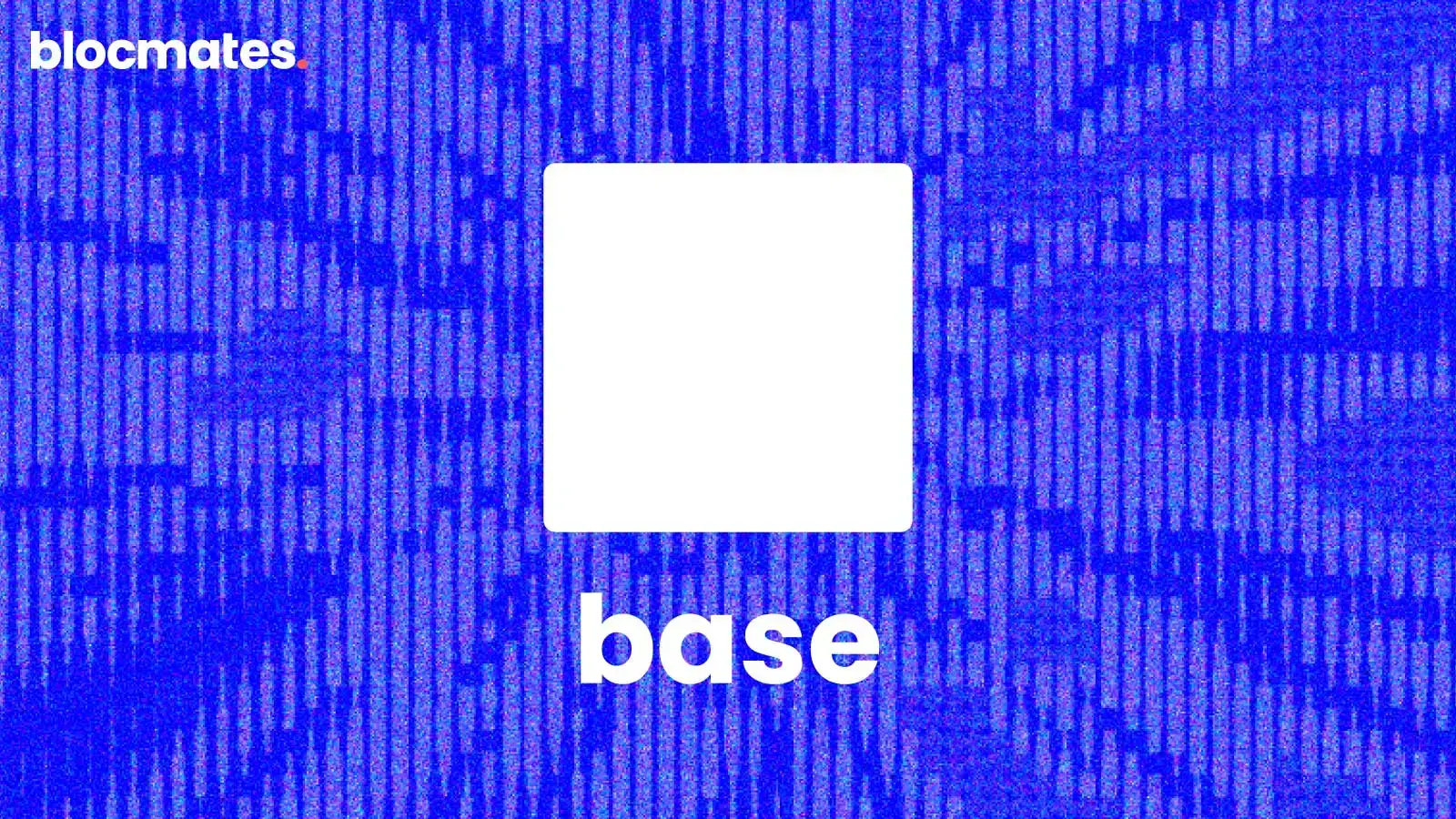



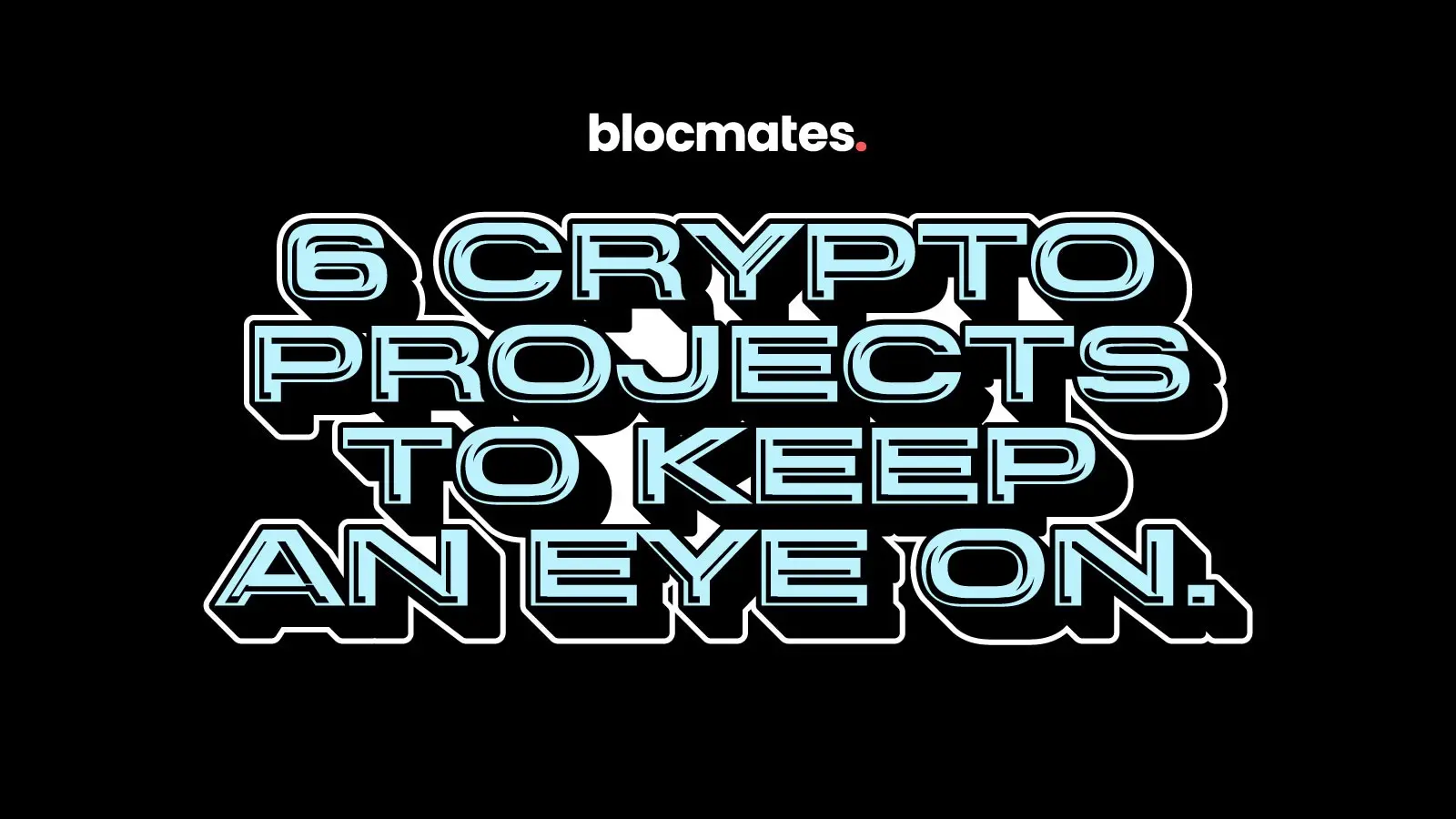
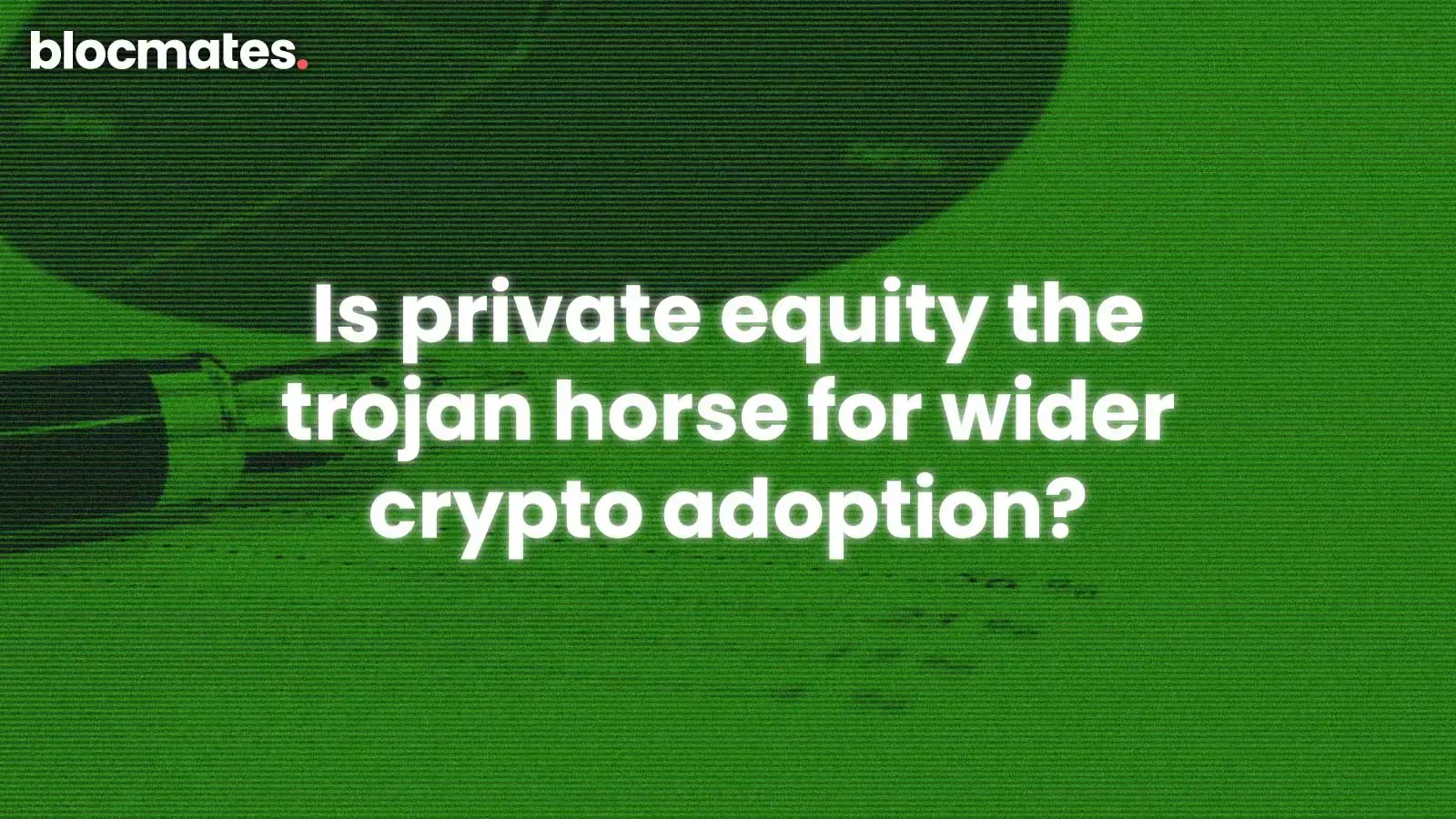
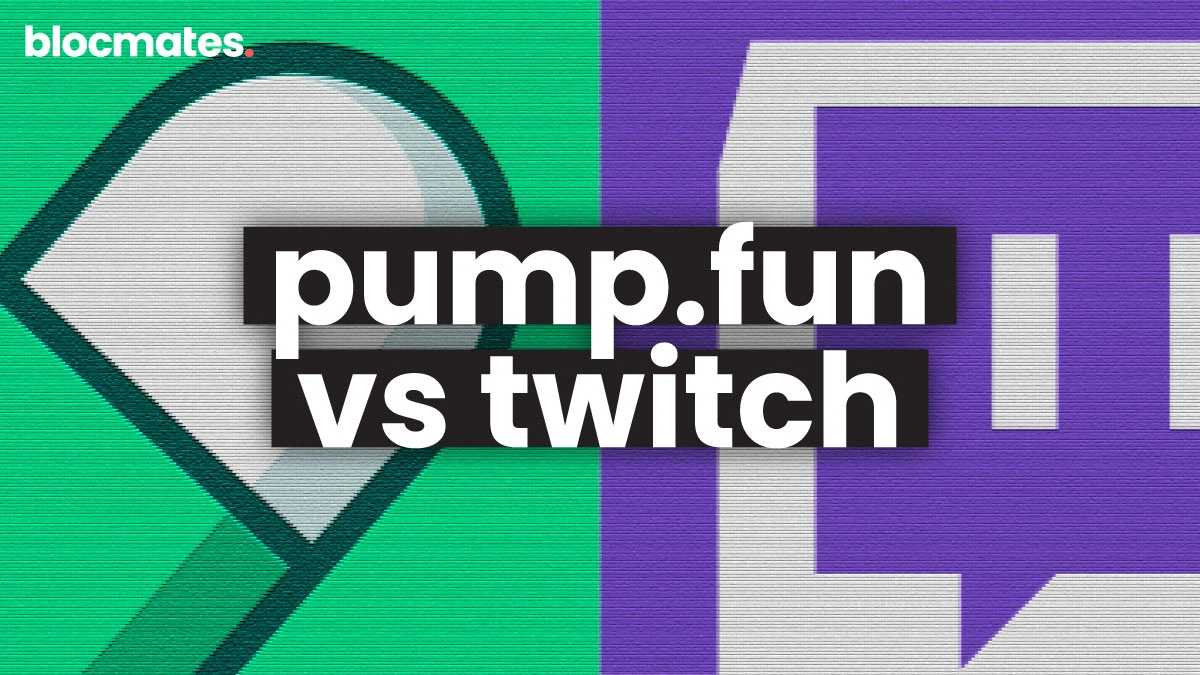

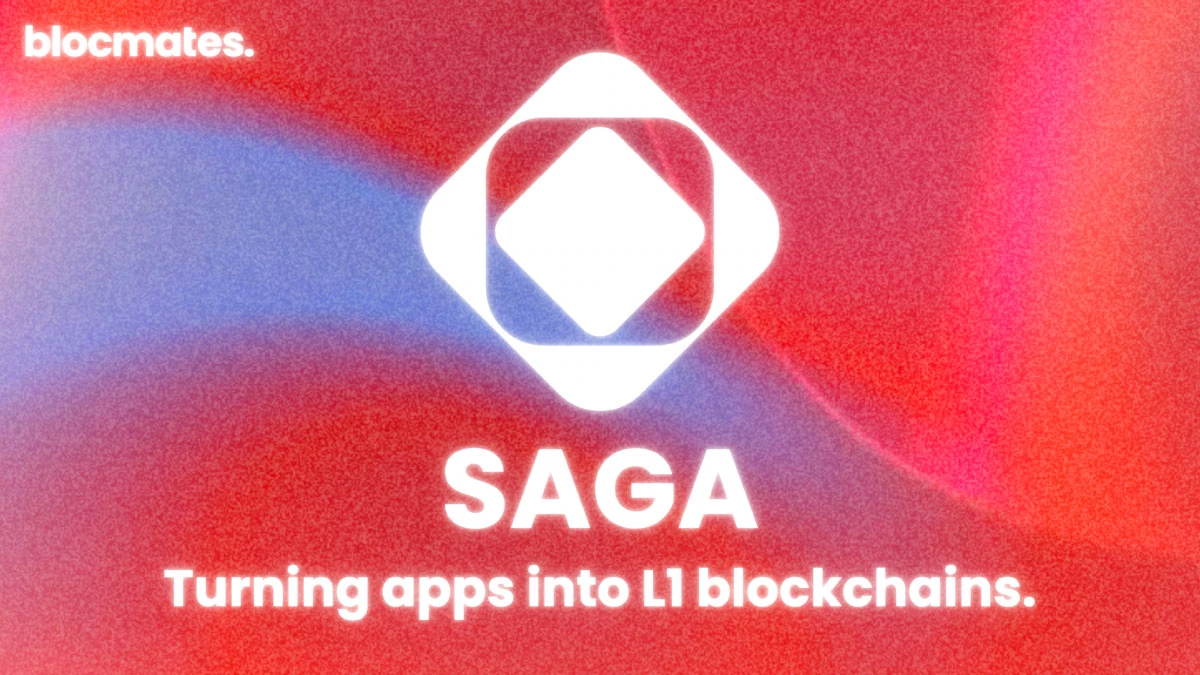


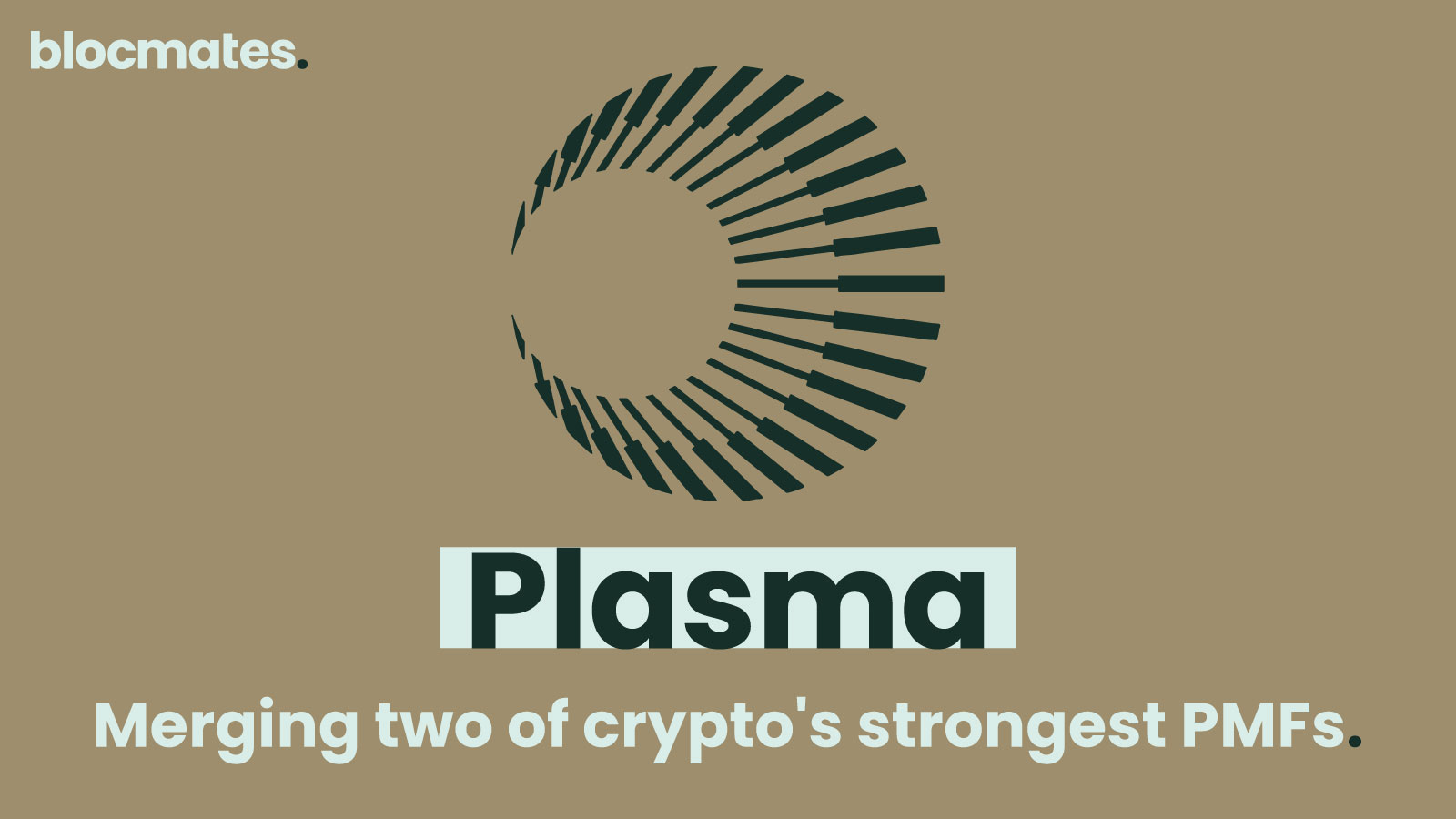



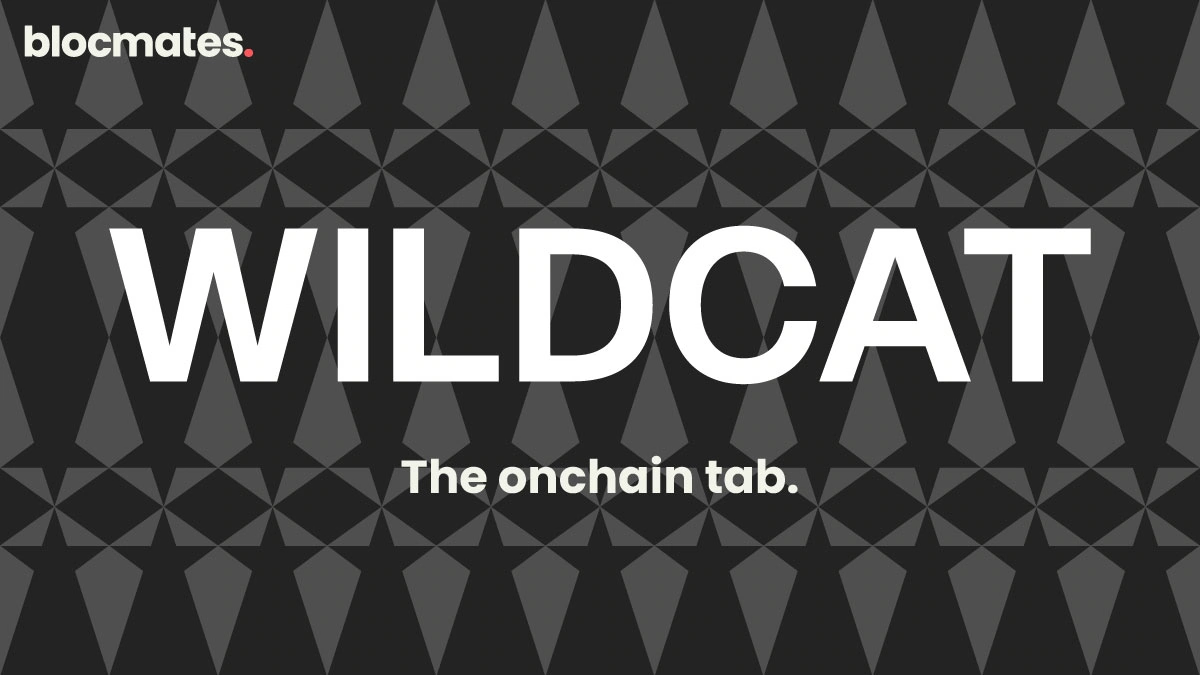
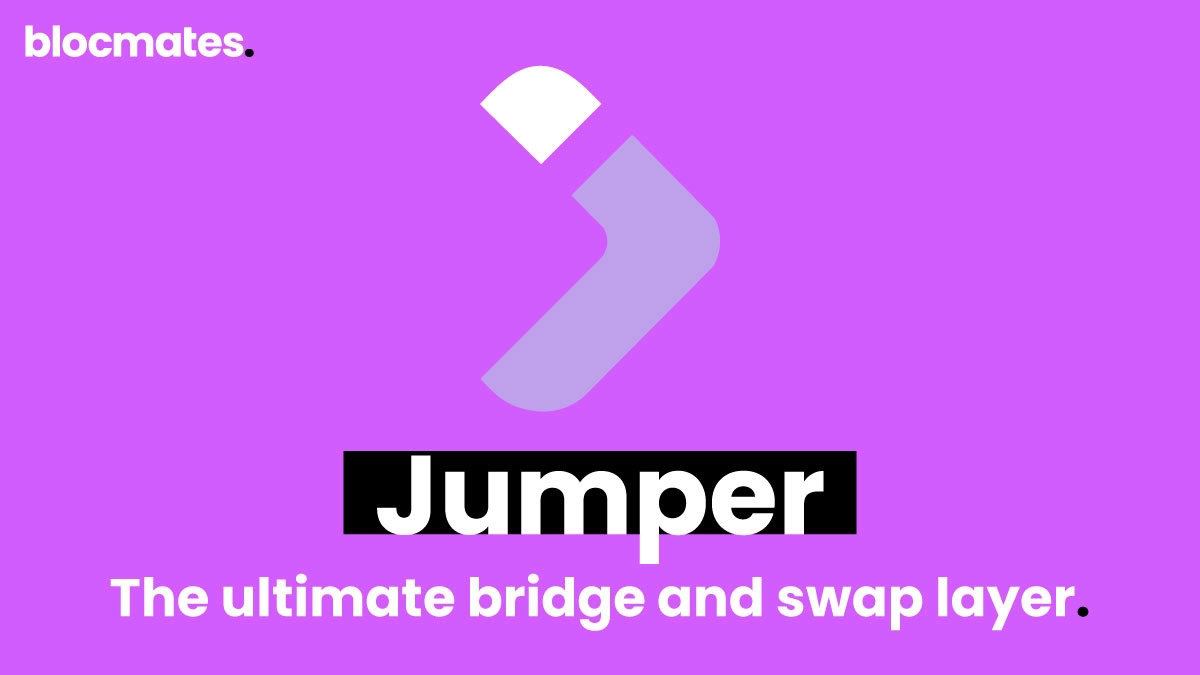
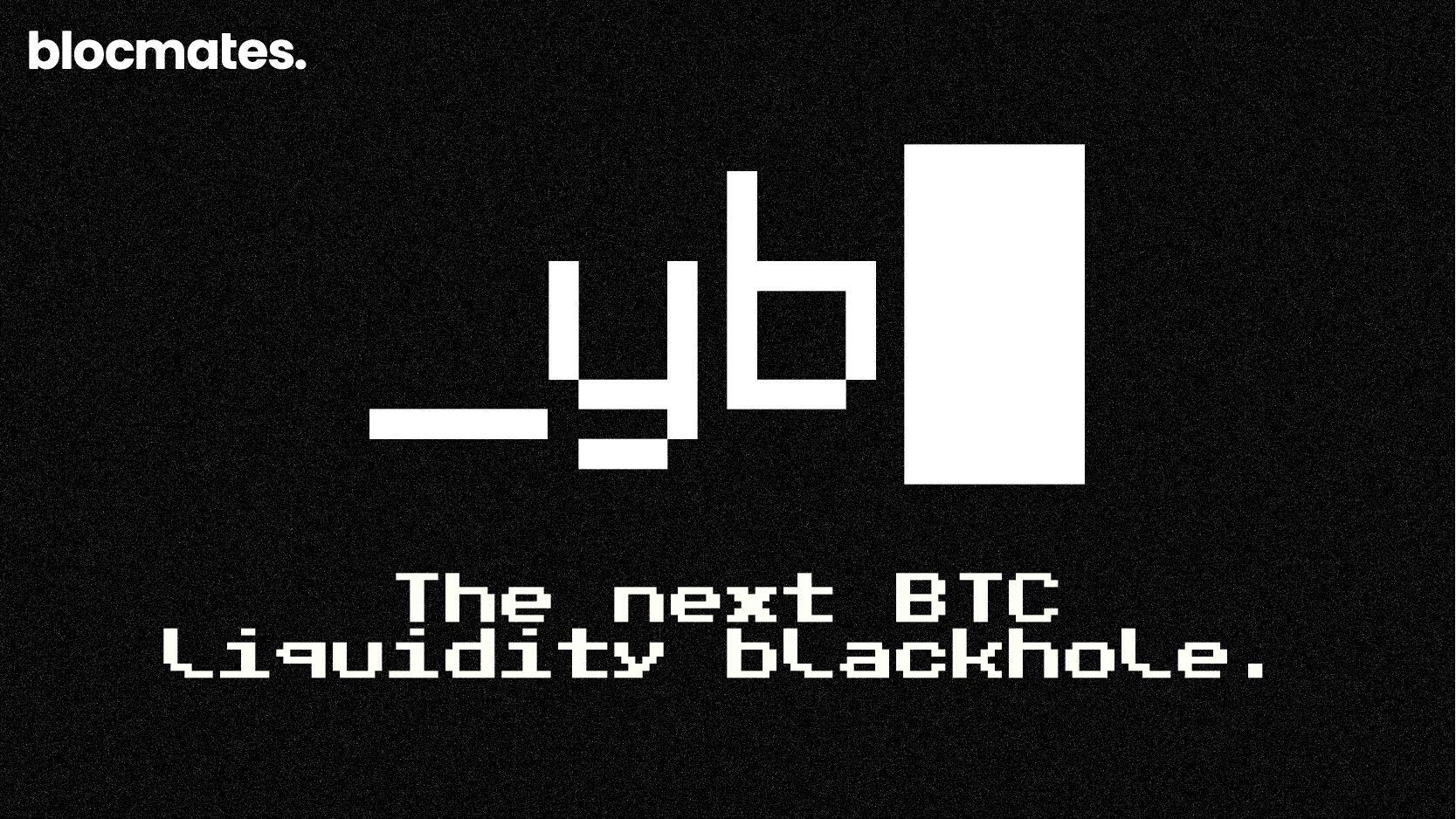
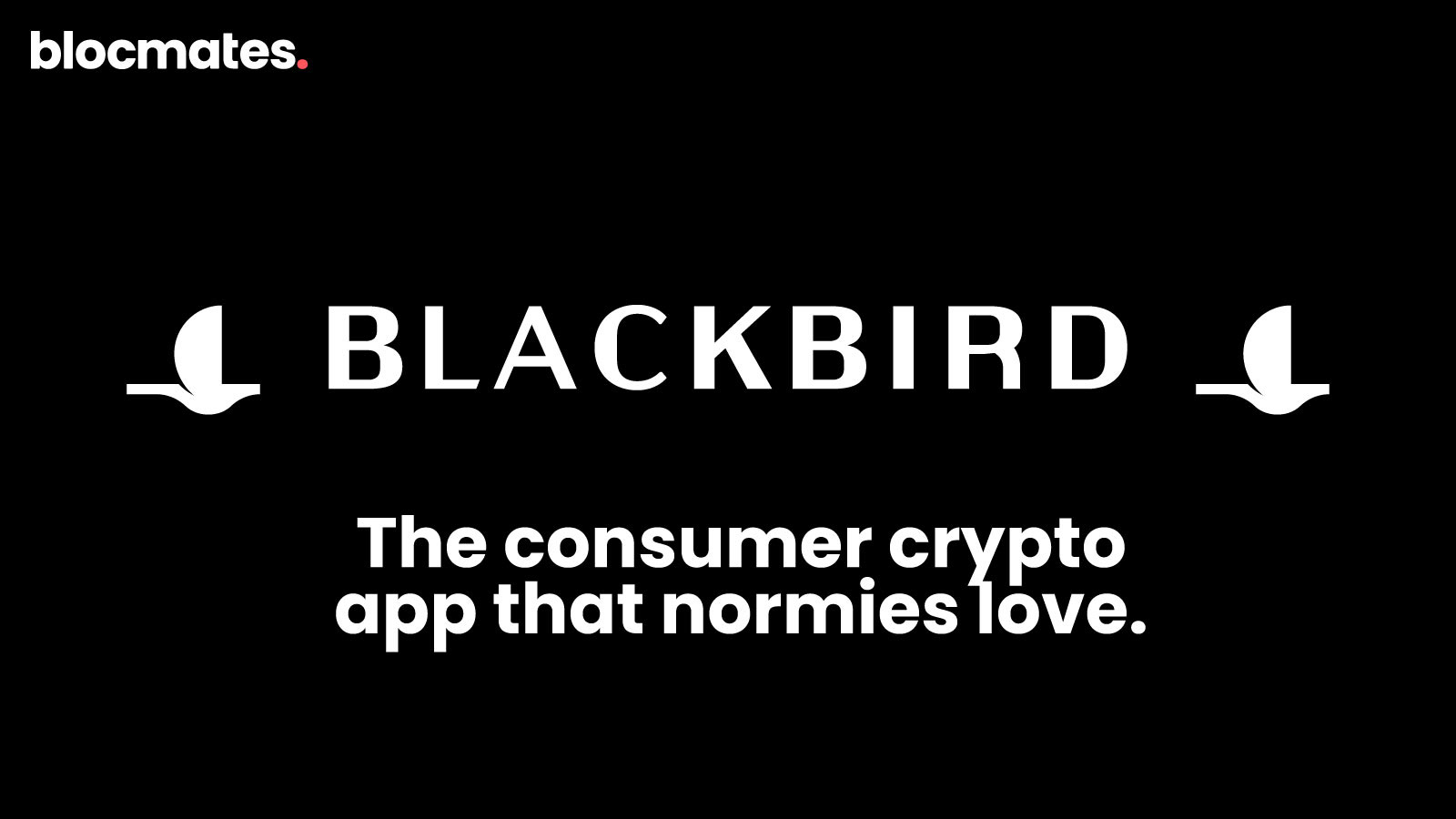
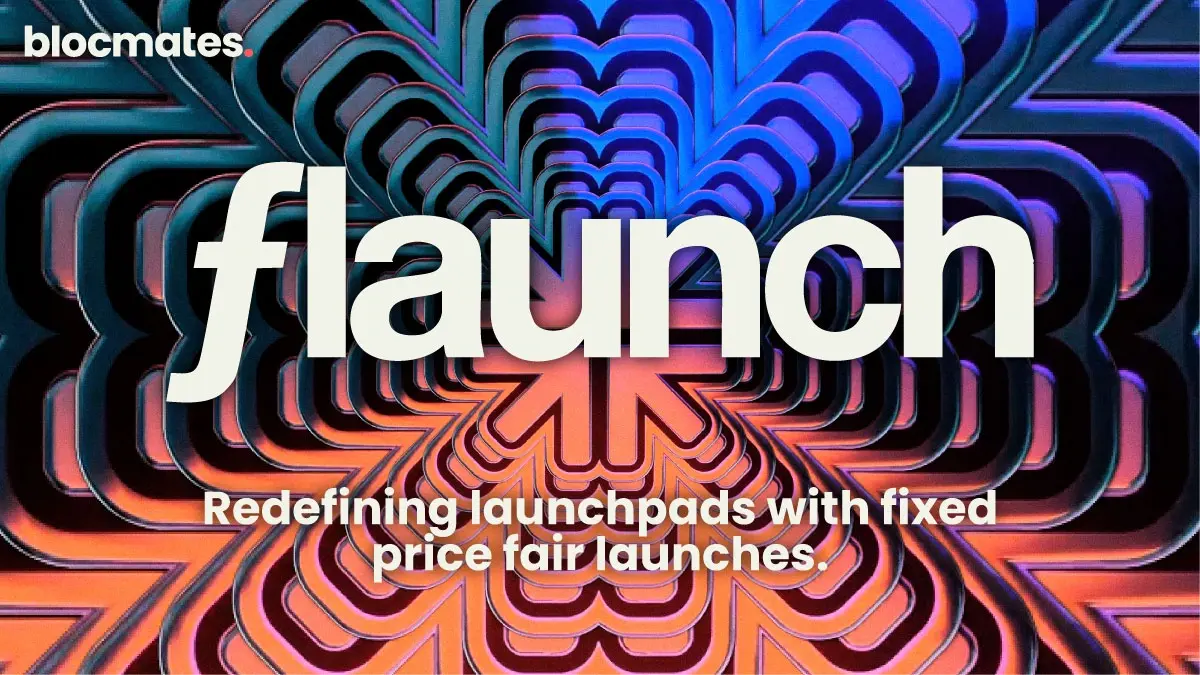

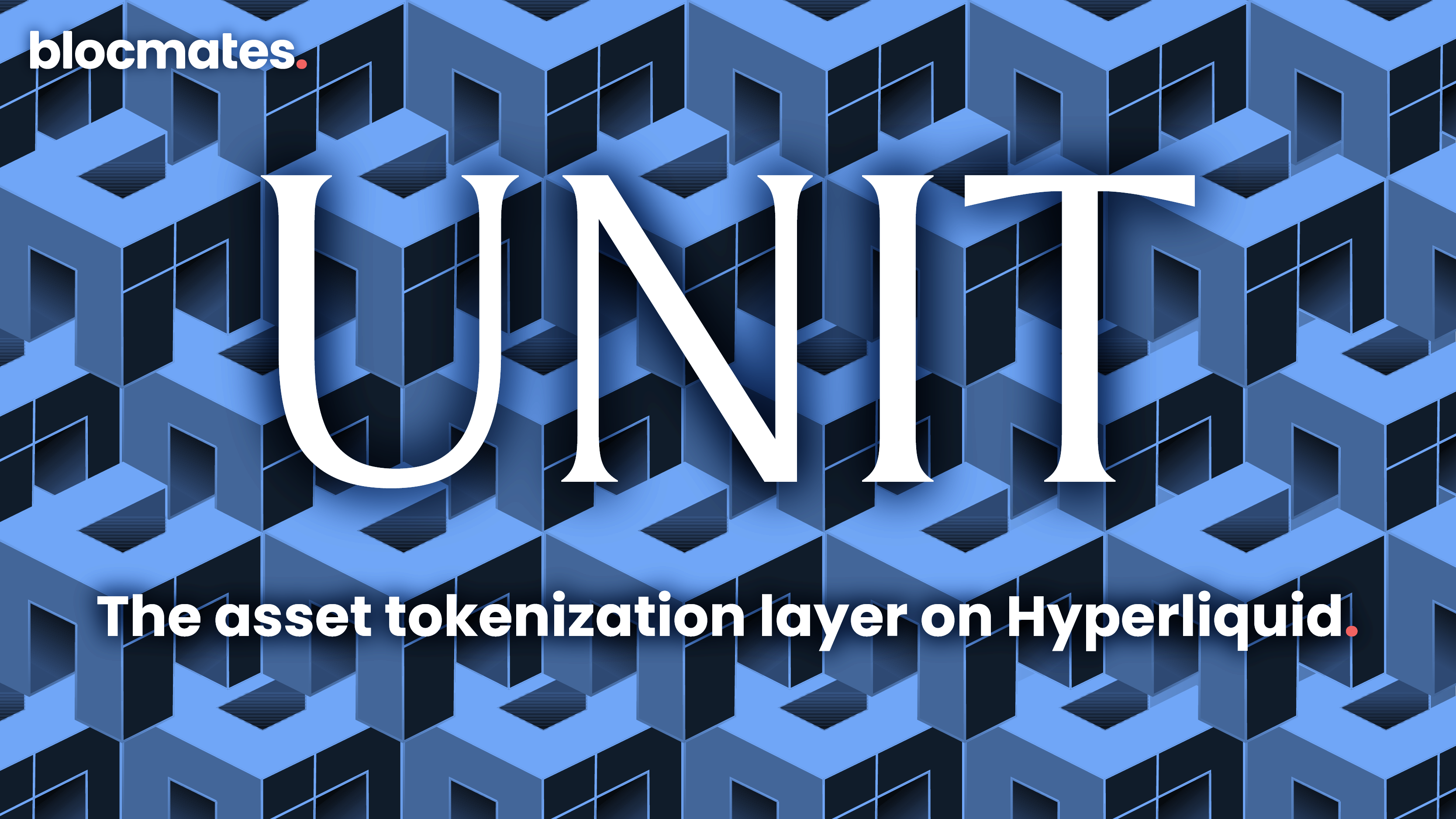




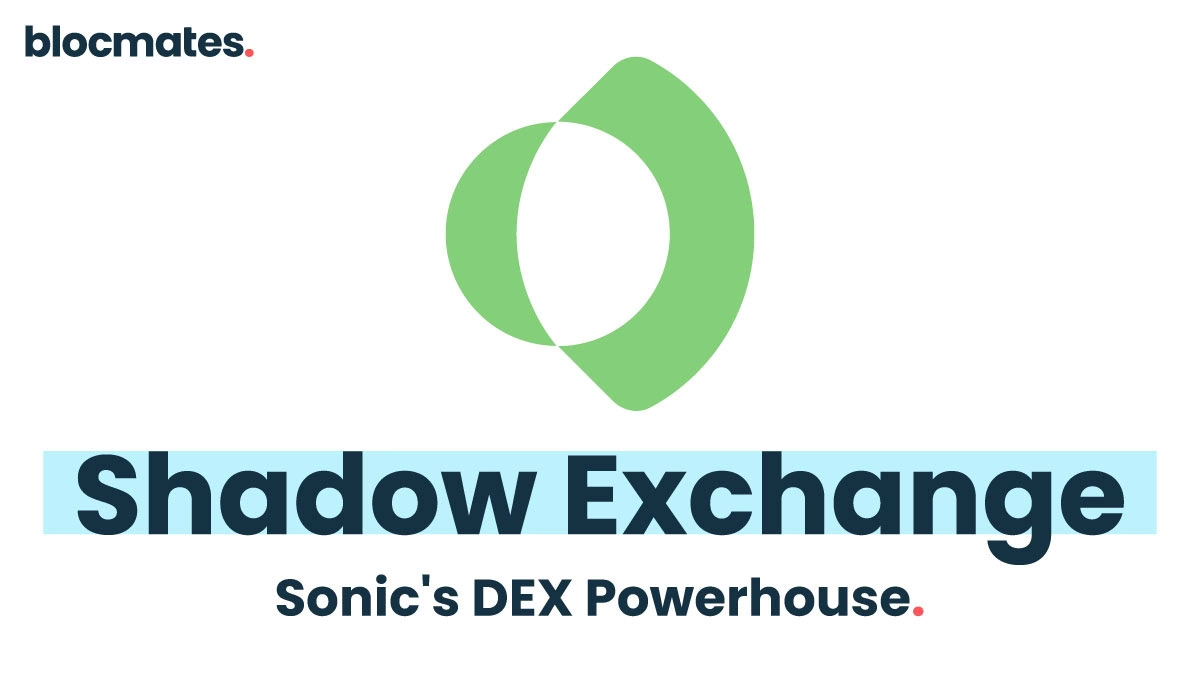







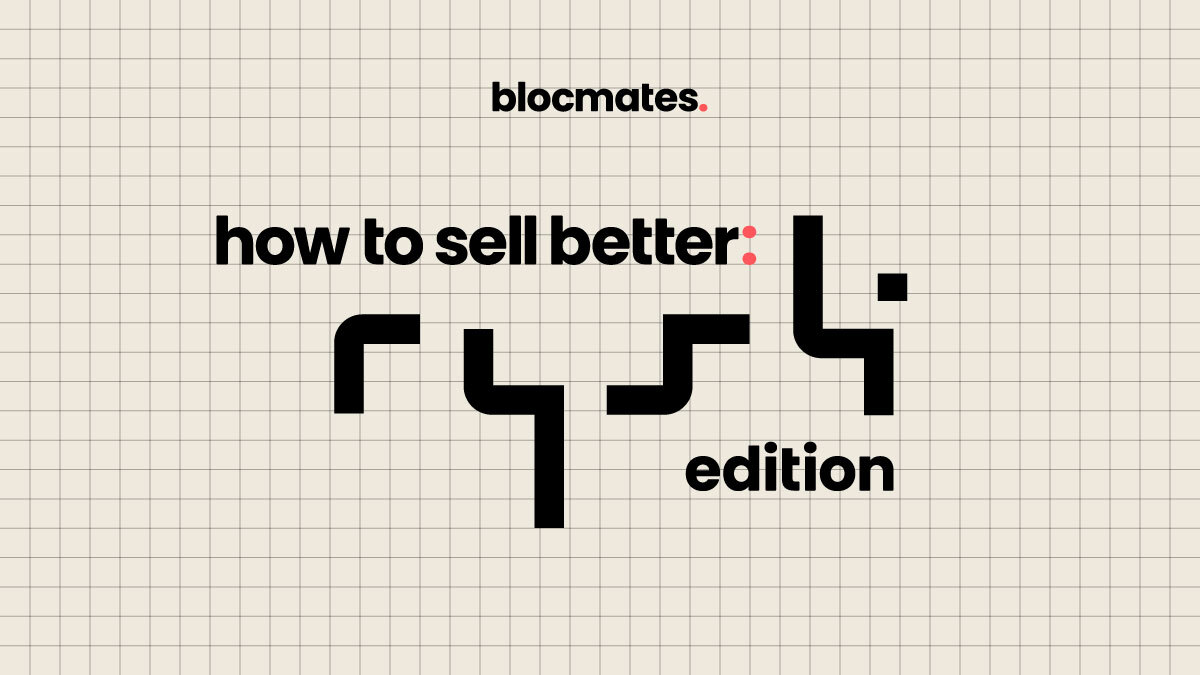























%202.webp)


.webp)

.webp)
.webp)
.webp)



.webp)












%20the%20Next%20Big%20Unlock%20in%20AI.webp)




.webp)
.webp)

.webp)
.webp)
.webp)


.webp)
.webp)










.webp)


.webp)









.webp)







.webp)
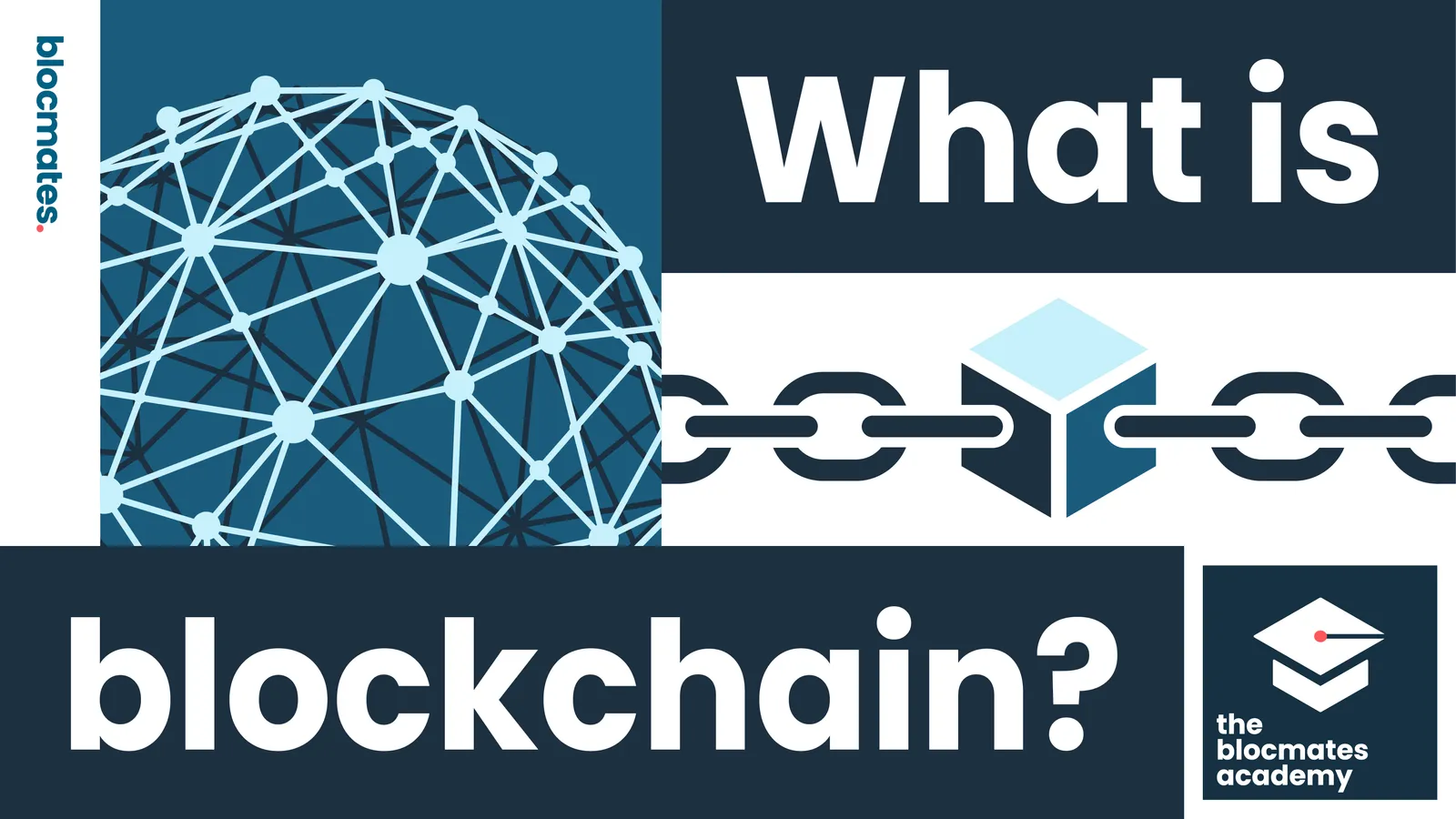



.webp)


























.webp)







.webp)


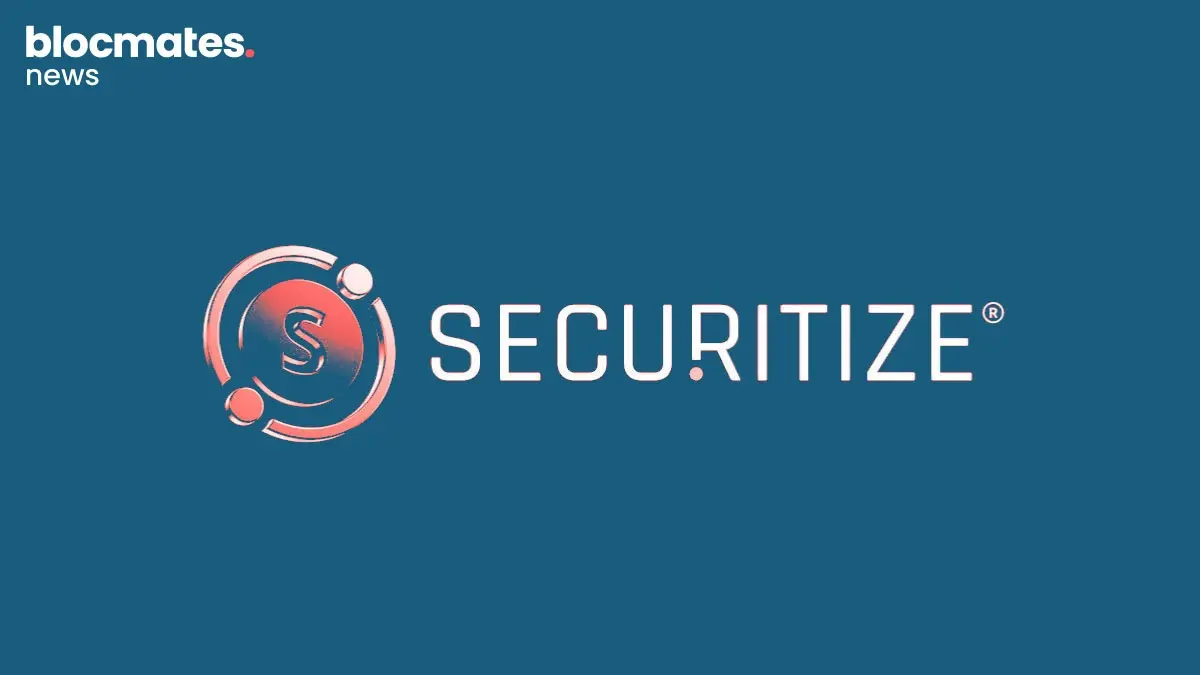

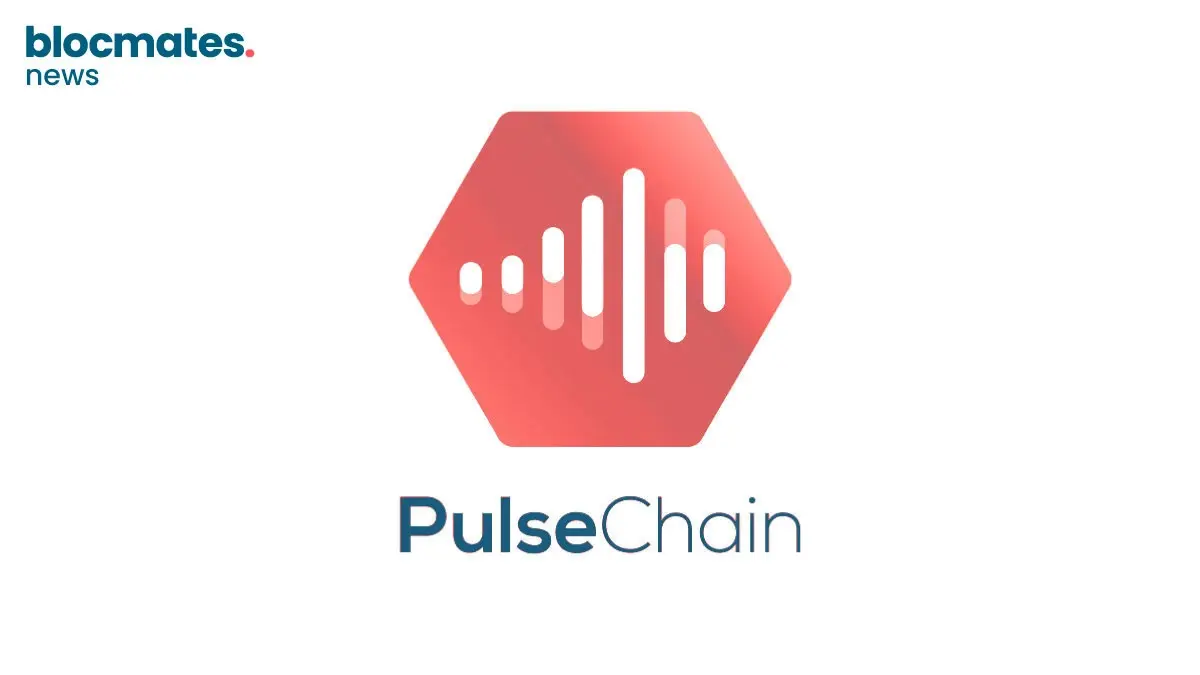
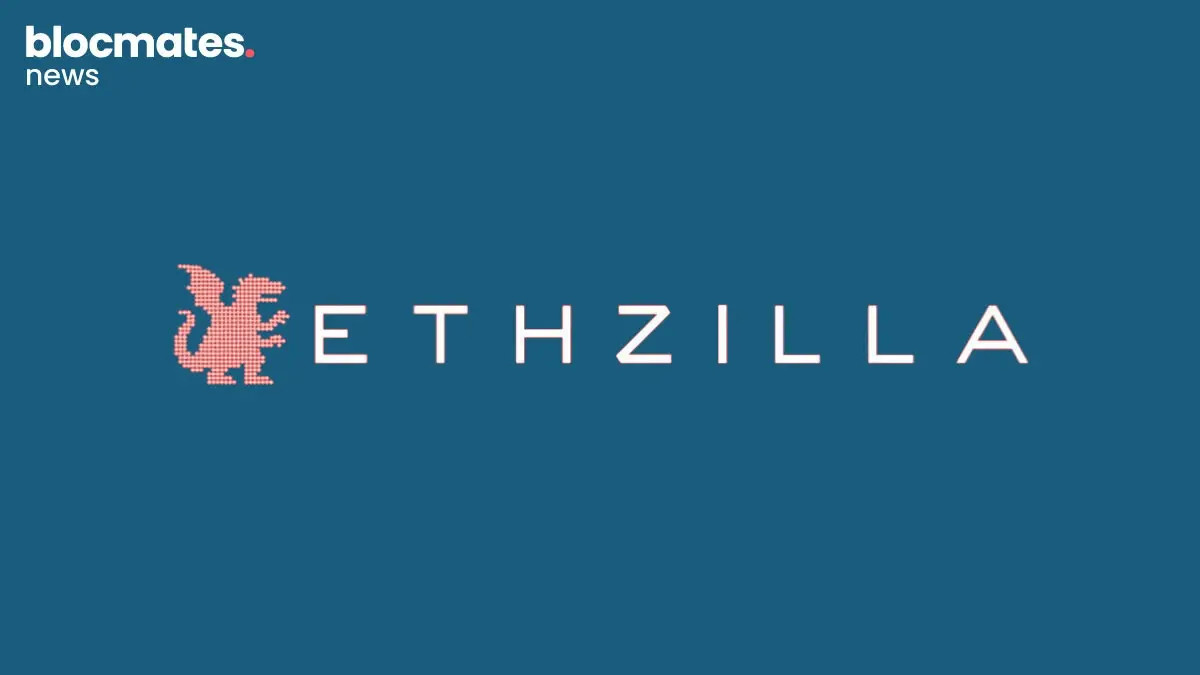
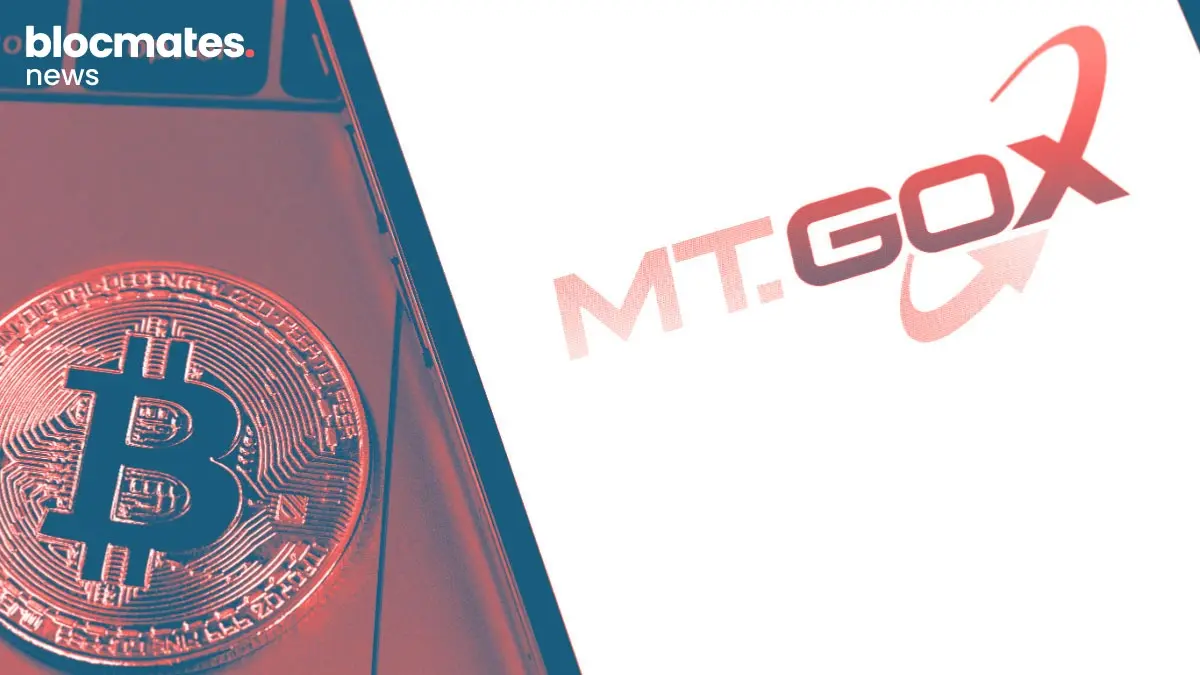




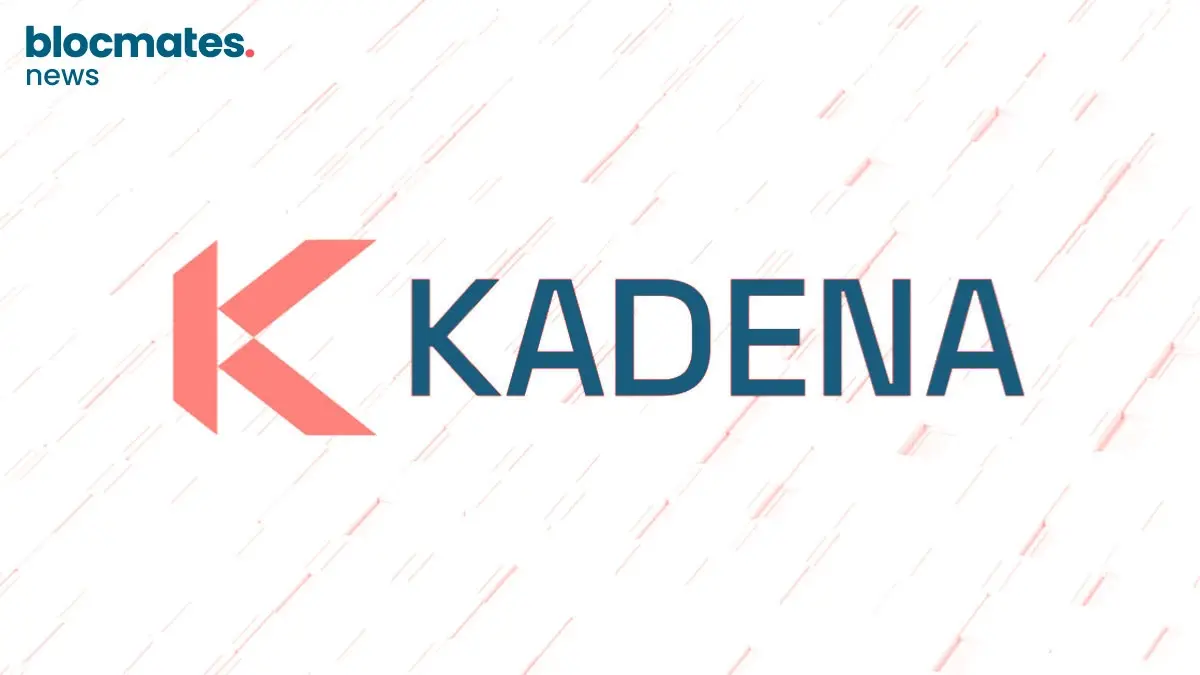


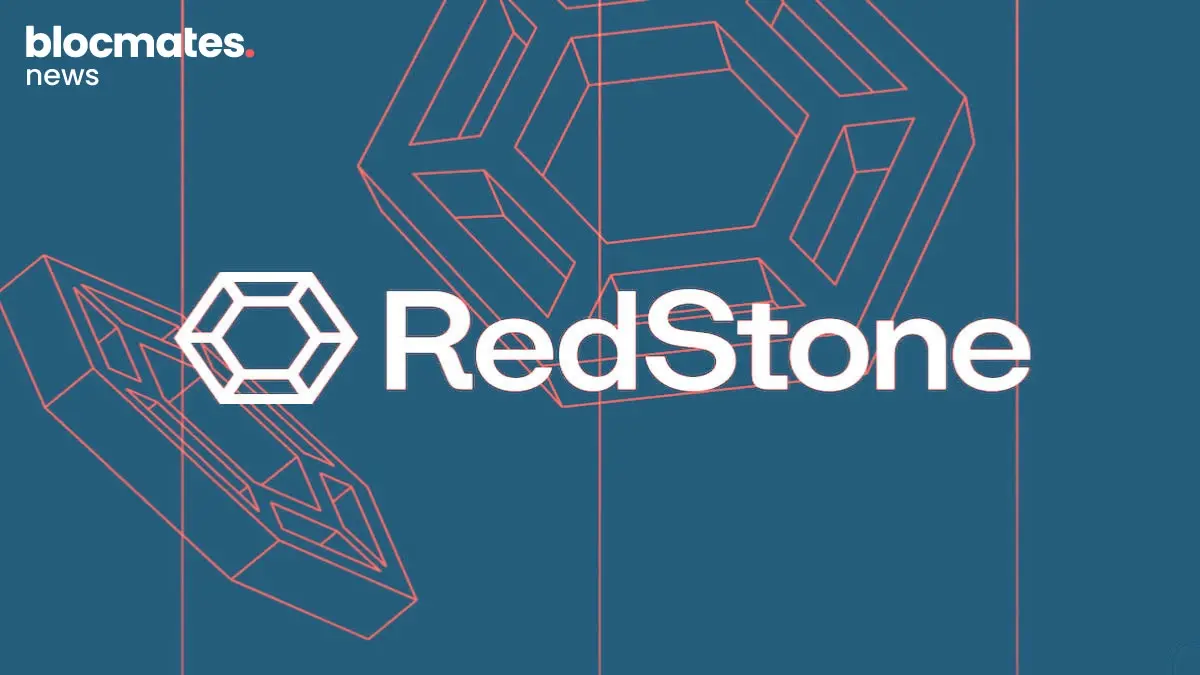
.webp)

.webp)
.webp)

.webp)


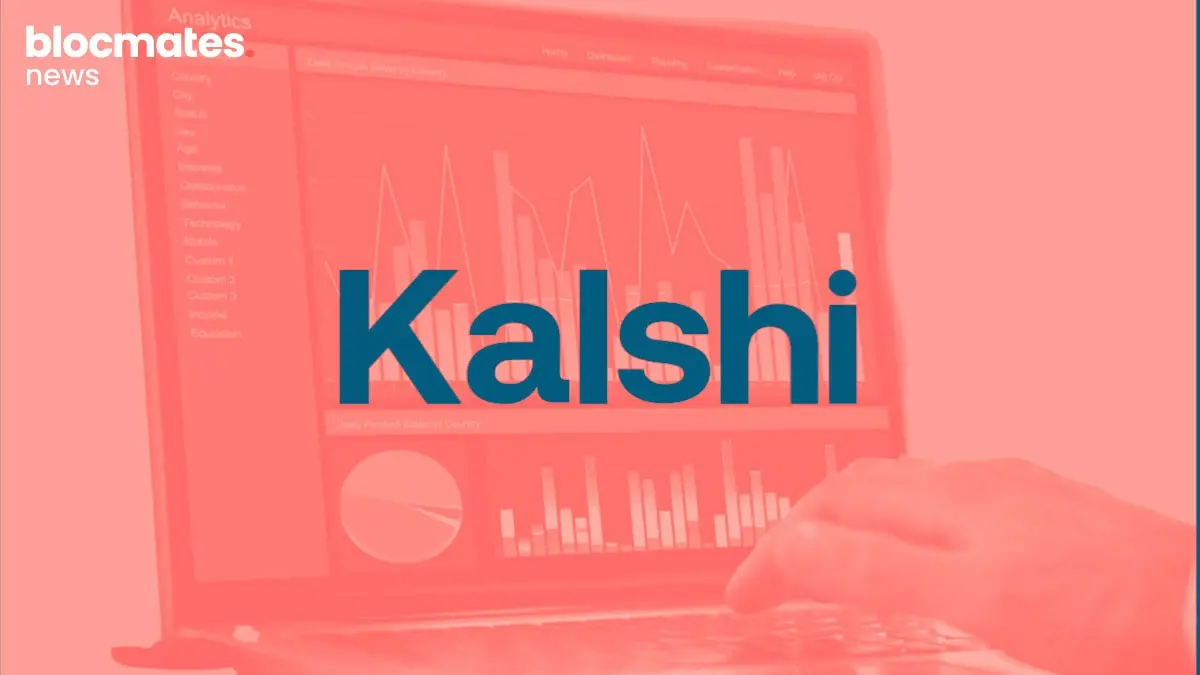








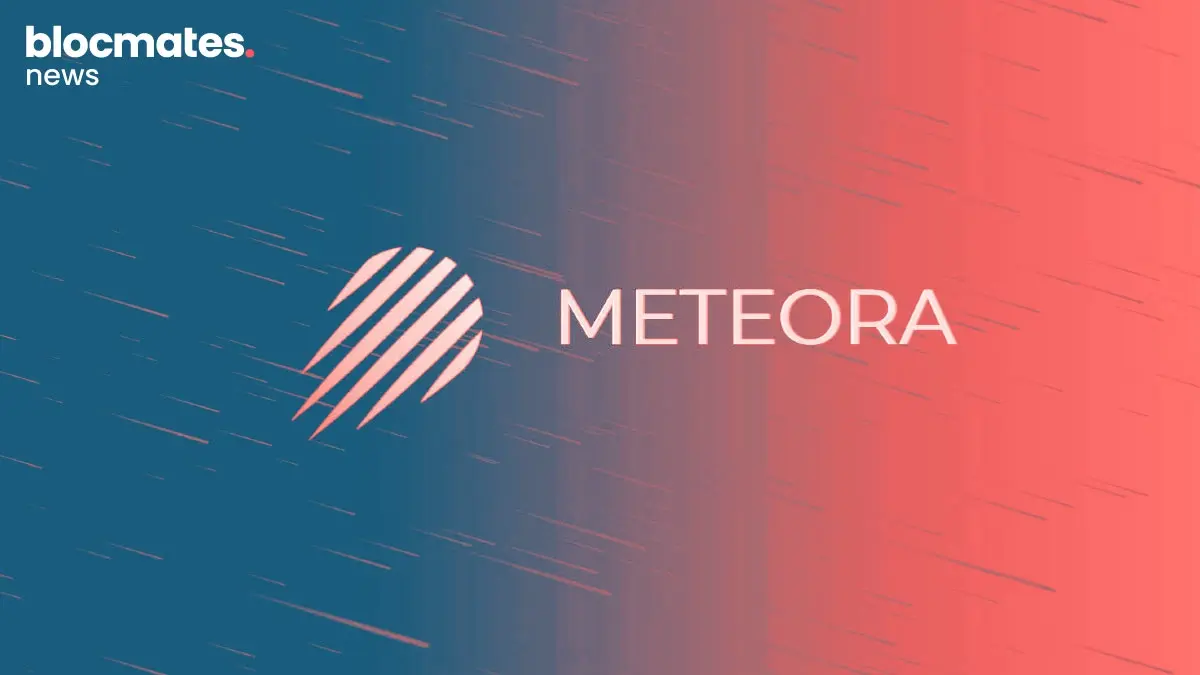


.webp)

.webp)

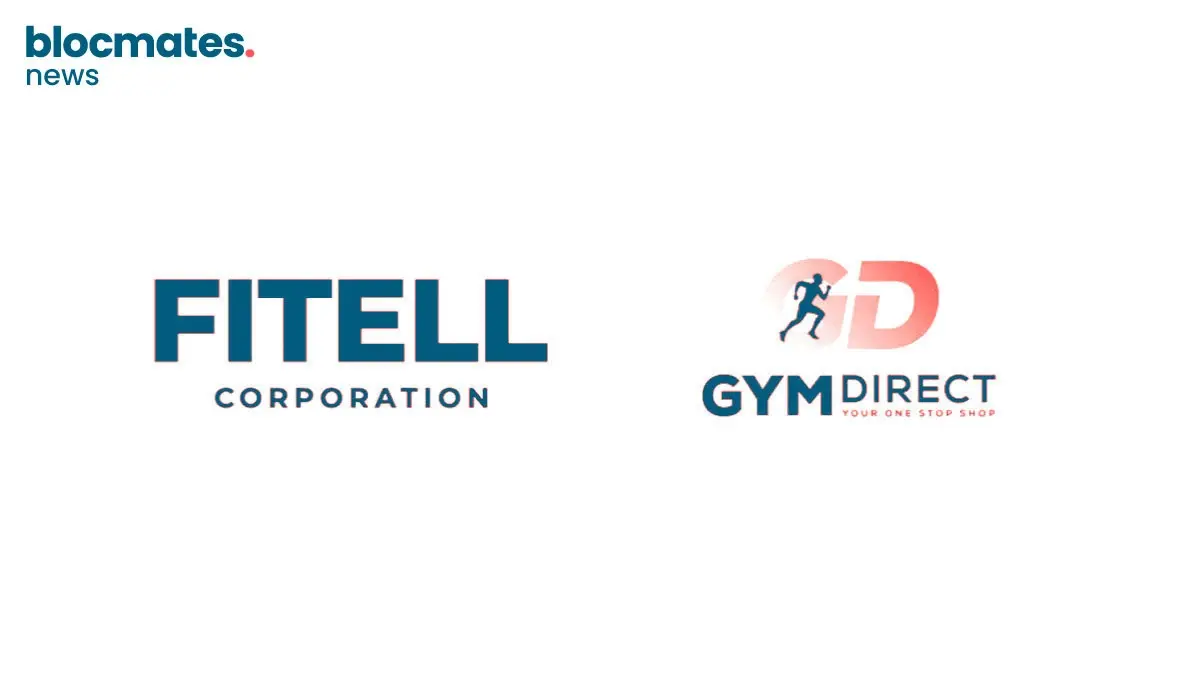
.webp)



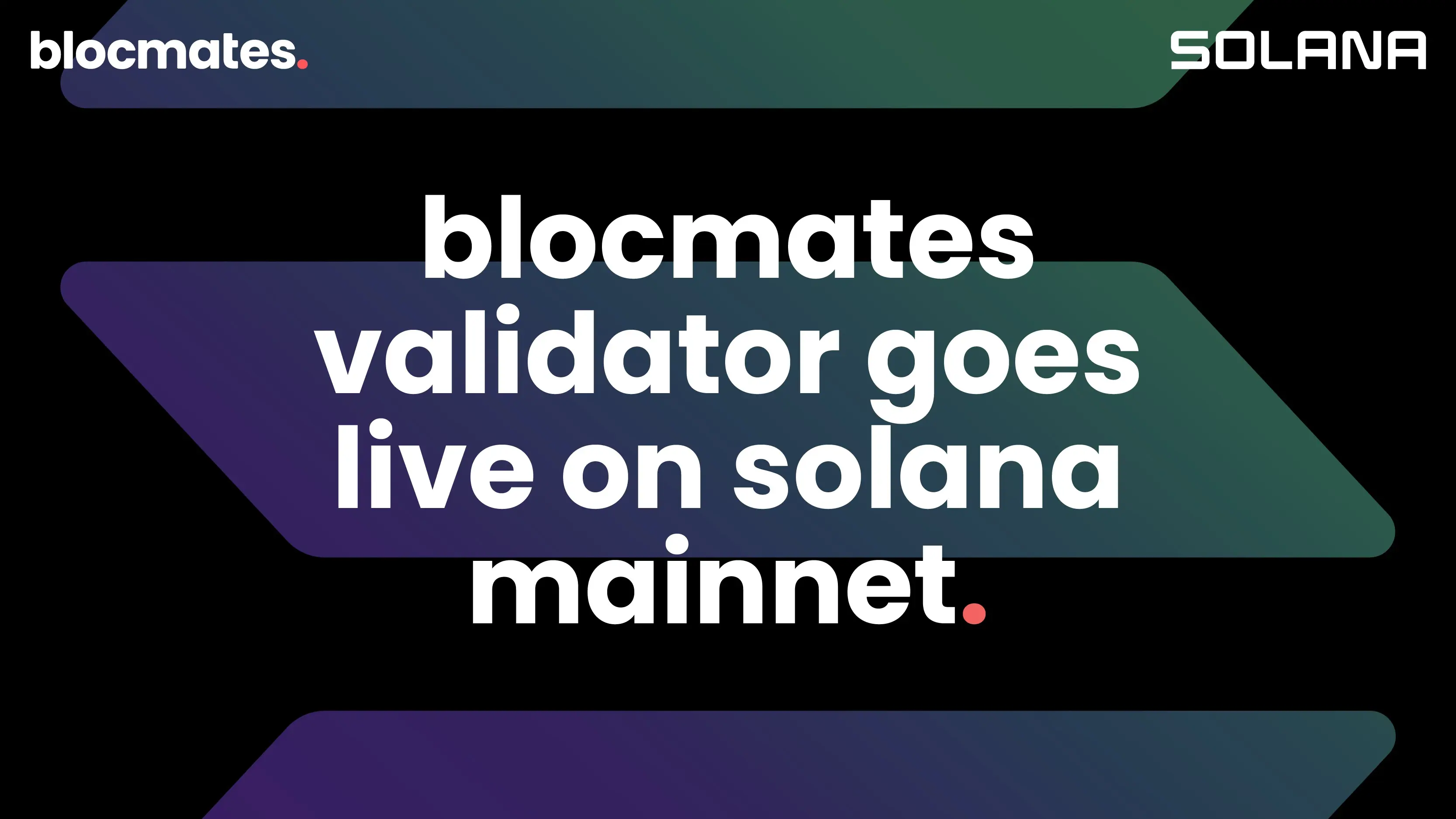
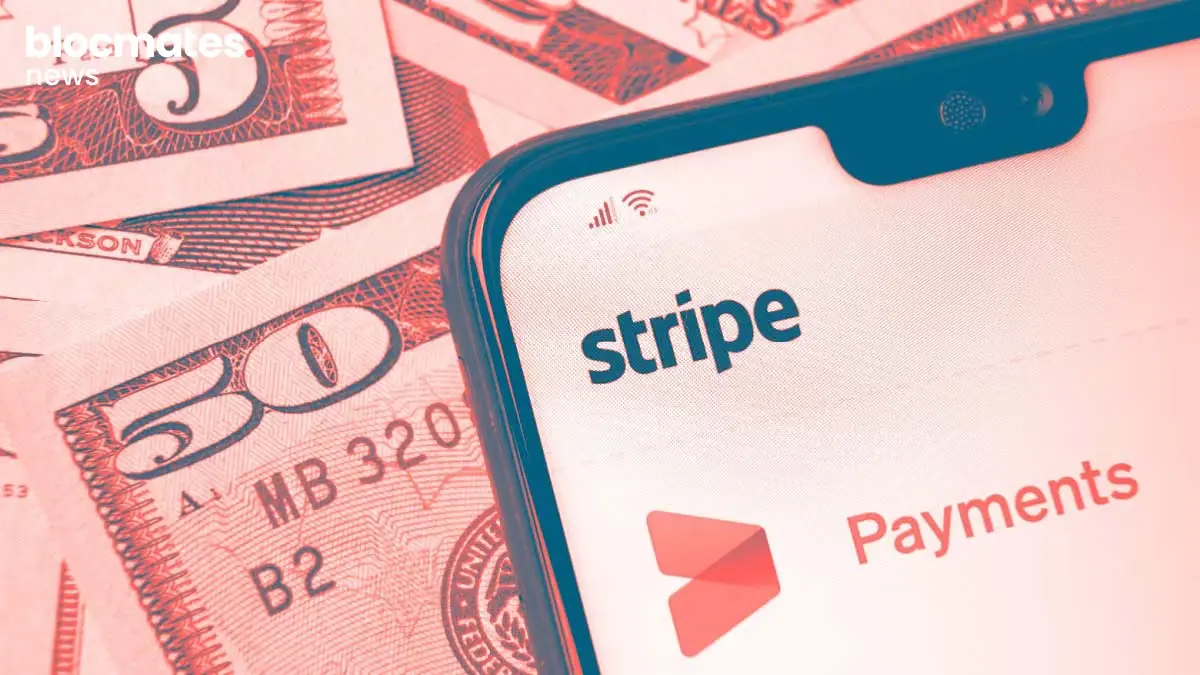



.webp)
